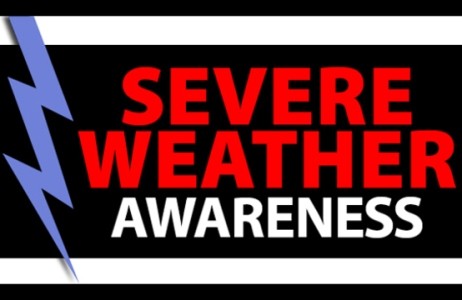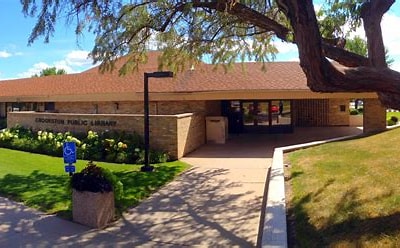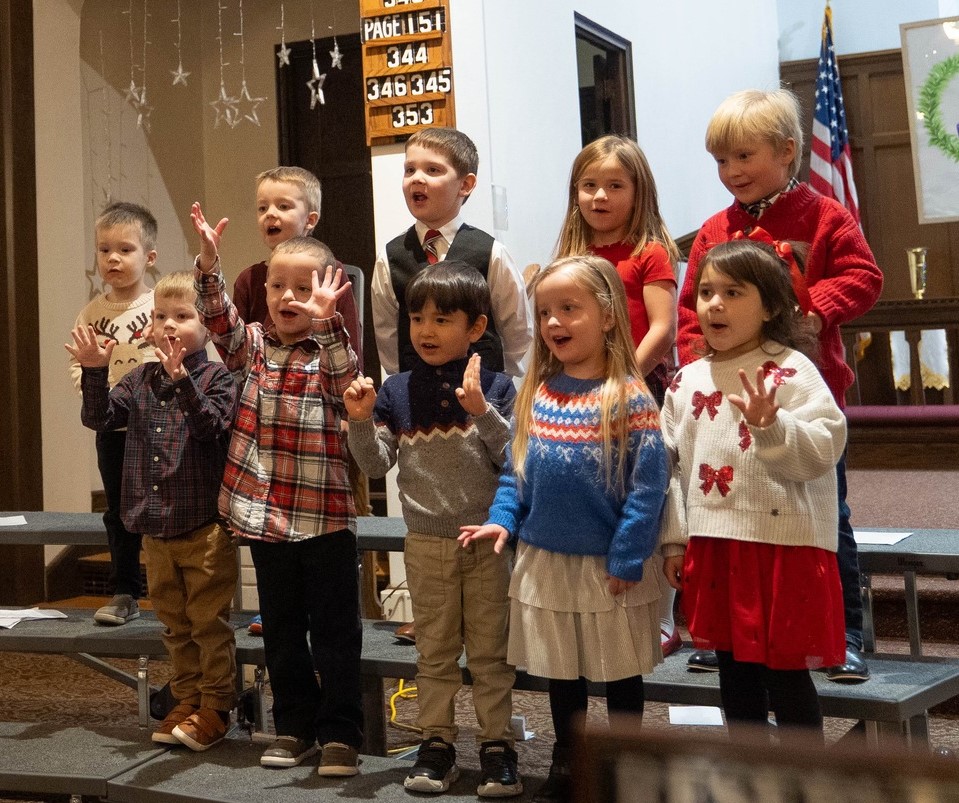The Monday topic for Severe Weather Awareness Week is Weather Alerts and Warnings. In the past 10 years, more than 55 people have died, and dozens more were injured due to weather-related events in Minnesota, not including motor vehicles.
The National Weather Service issues severe weather alerts. There are three types of alerts – advisories or special weather statements, watches, and warnings – explains Crookston Firefighter Kent Ellingson. “We’ll talk a little about a Weather Warning,” said Ellingson. “That’s a dangerous weather event is occurring or imminent. It’s likely a significant threat to life or property, so at that time, take protective action immediately. A Weather Watch means weather conditions are favorable for a hazardous weather event, so stay alert to changing conditions, make alternative plans, and be aware of possible shelter or evacuation routes. A Weather Advisory is less hazardous weather conditions or less specific locations. Weather may still pose a significant safety risk, travel problems, or issues. Situations are possible that could threaten life or property.”
Warning sirens are also used during severe weather. “Counties and cities in Minnesota own and operate all their warning sirens in their jurisdictions,” said Ellingson. “Polk County will test them every first Wednesday around 1 p.m., and then, immediately following that, we’ll run our own test from the fire hall. The sirens will normally sound for about two to three minutes and then go silent. There is no such thing as an all-clear siren given.”
Personal Weather alerts can also help you stay on top of severe or changing weather conditions. “Personal and localized weather alerts are available from weather apps or local media outlets in a variety of formats,” said Ellingson. “They could include an email, text message, be on a cell phone, computer, tablet, or social media.”
Ellingson, again, summarizes the types of alerts and warnings. “The National Weather Service issues a severe weather warning,” said Ellingson. “Know the terms and what they mean. Know where to get the personal weather alerts. Many cell phone apps, local media outlets, and internet sites offer free local personal weather alerting services. You also have wireless emergency alerts sent by authorities in a specific area to warn of dangerous situations or critical information.”




